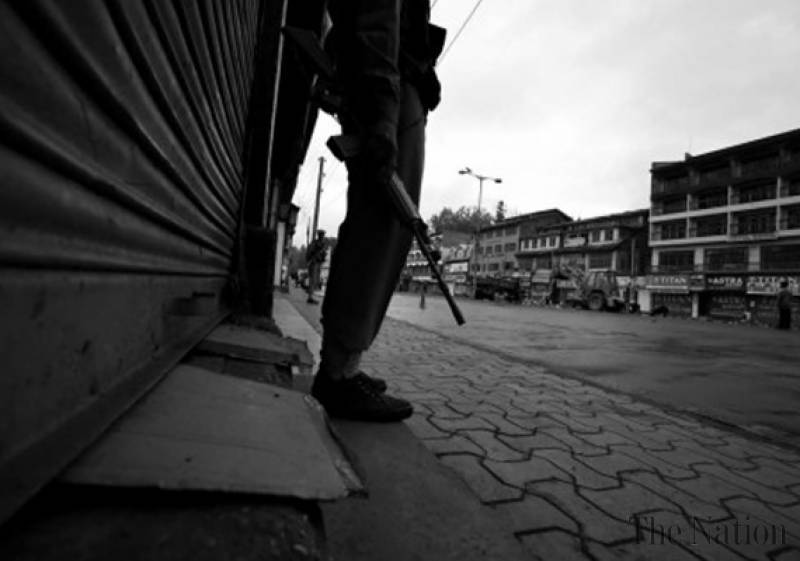Yesterday, the entire nation commemorated Kashmir’s ‘Black Day’; the day when India troops were air lifted into Kashmir, following the Maharaja’s controversial accession to India.
The Kashmir dispute has a complex history attached to it. Following the Maharaja’s accession to India, which came after an armed invasion by Pushtun tribesmen, India took the matter to the UNSC. Blaming Pakistan for supporting the invasion, India also stated its willingness to conduct a plebiscite in Kashmir. The UNSC passed Resolution 39 in order to investigate the complaints, but in vain. Resolution 47 was passed later that year, which asked Pakistan to withdraw its nationals from Kashmir, and India to reduce its forces and prepare for a UN mediated plebiscite. The trouble with this resolution was that, they were only morally binding, and not judicially. The timidness of the UNSC, that refrained from taking sides in the dispute, and largely remained passive, prevented any serious developments in Kashmir. Subscribing to the age-old blame game, both Pakistan and India raised objections to the resolution.
Amending Resolution 47, UNSC called for a ceasefire and a truce agreement between Pakistan and India. The resolution demanded a reduction in armed forces from both the countries, but the idea of a plebiscite was not mentioned. Pakistan only accepted this when plebiscite was added to the UN agenda.
Unfortunately, demilitarisation of the region was a failed endeavour. Arbitration and mediation by the UN could also not be carried out because of the unflinching stance of both the countries.
Since then, both the countries have juggled with the ideas of UN resolutions and bilateral agreements, but all in vain. The Kashmir conflict remains one of the oldest pending disputes.
“As a historical legacy, the Kashmir conflict has been an outstanding issue for more than half a century.”
–Li Peng






